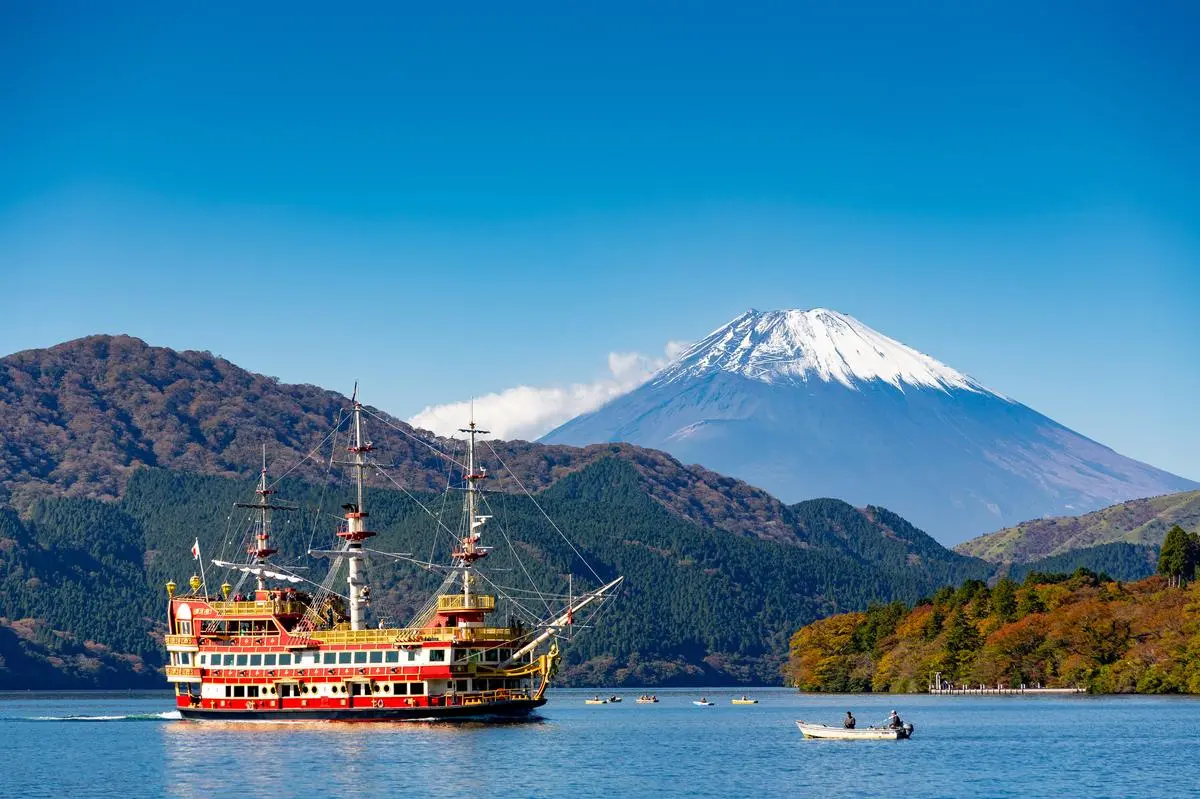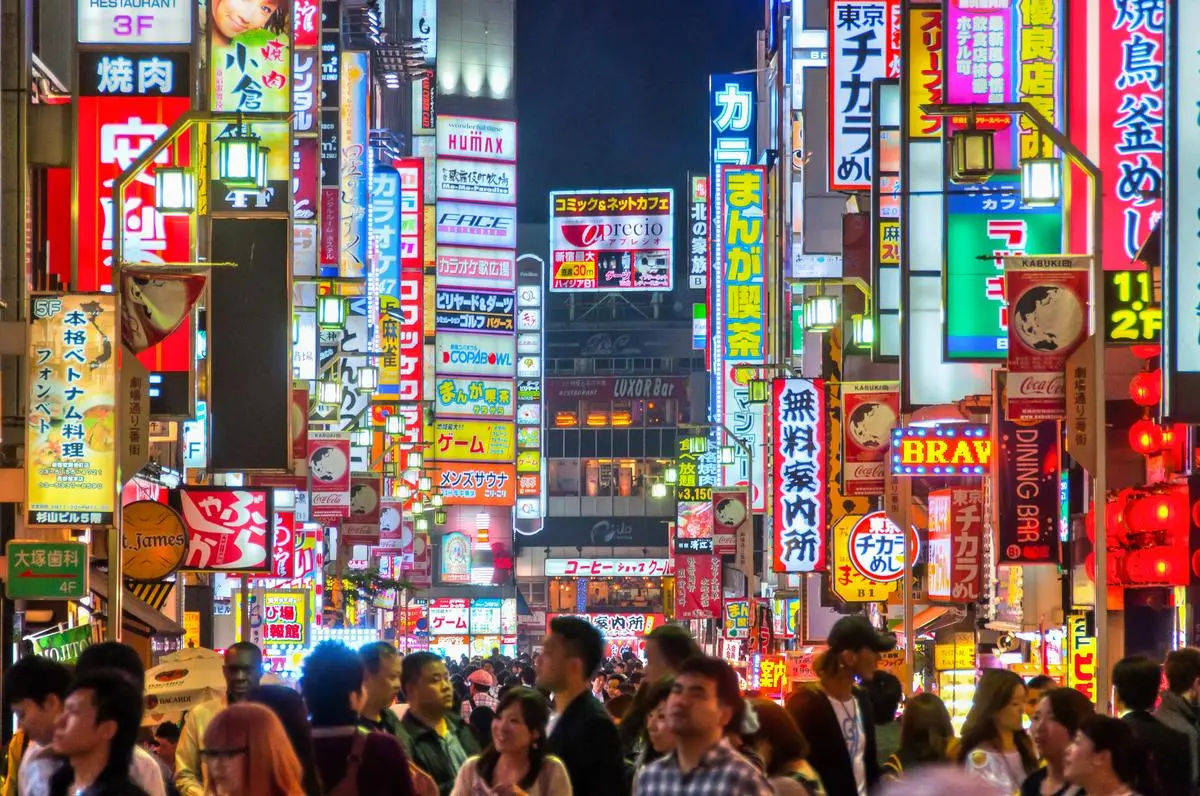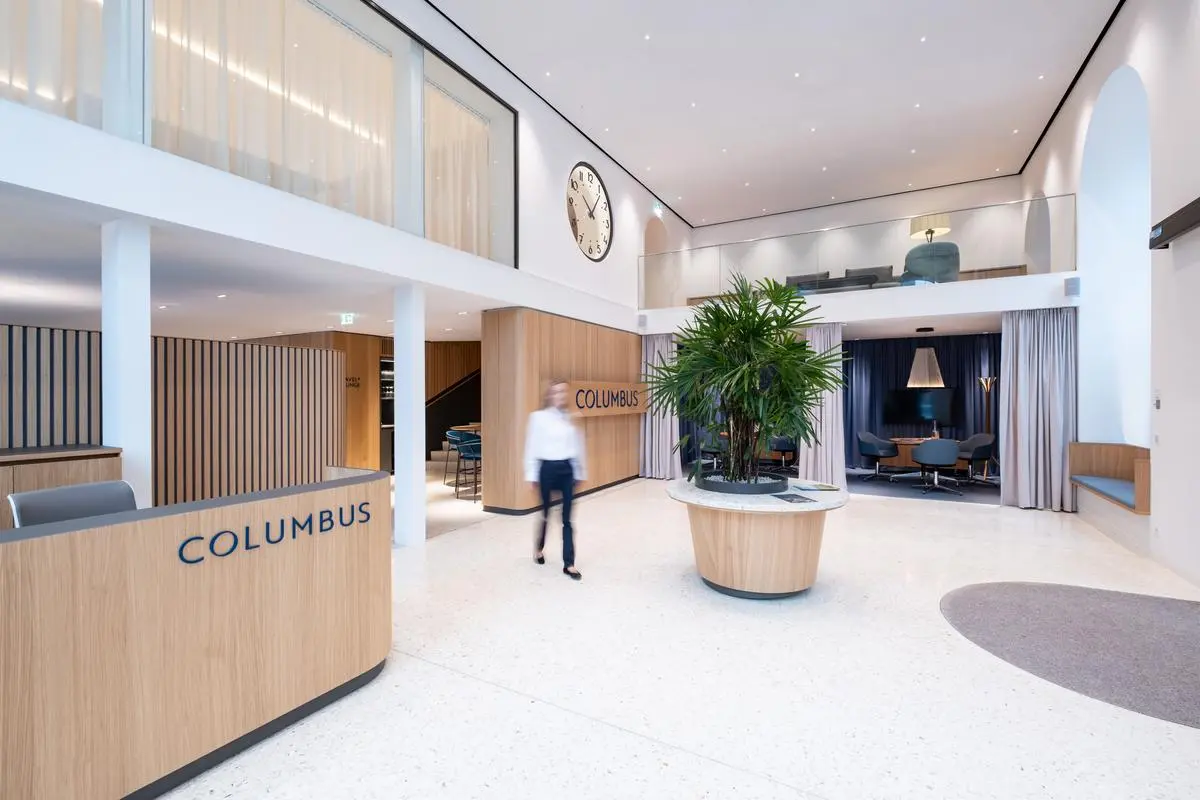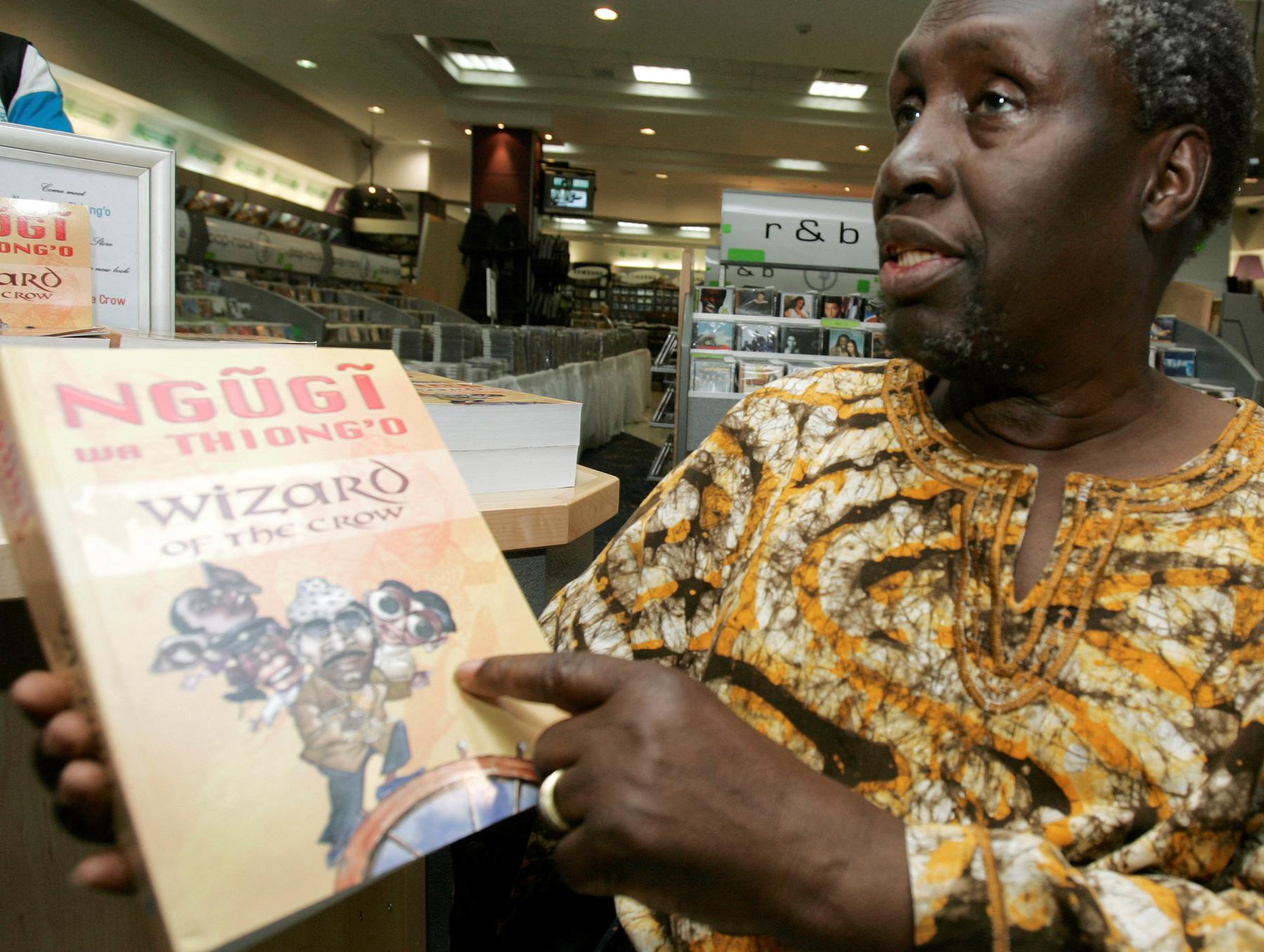Future in dialogue with cultural heritage – Diepresse.com
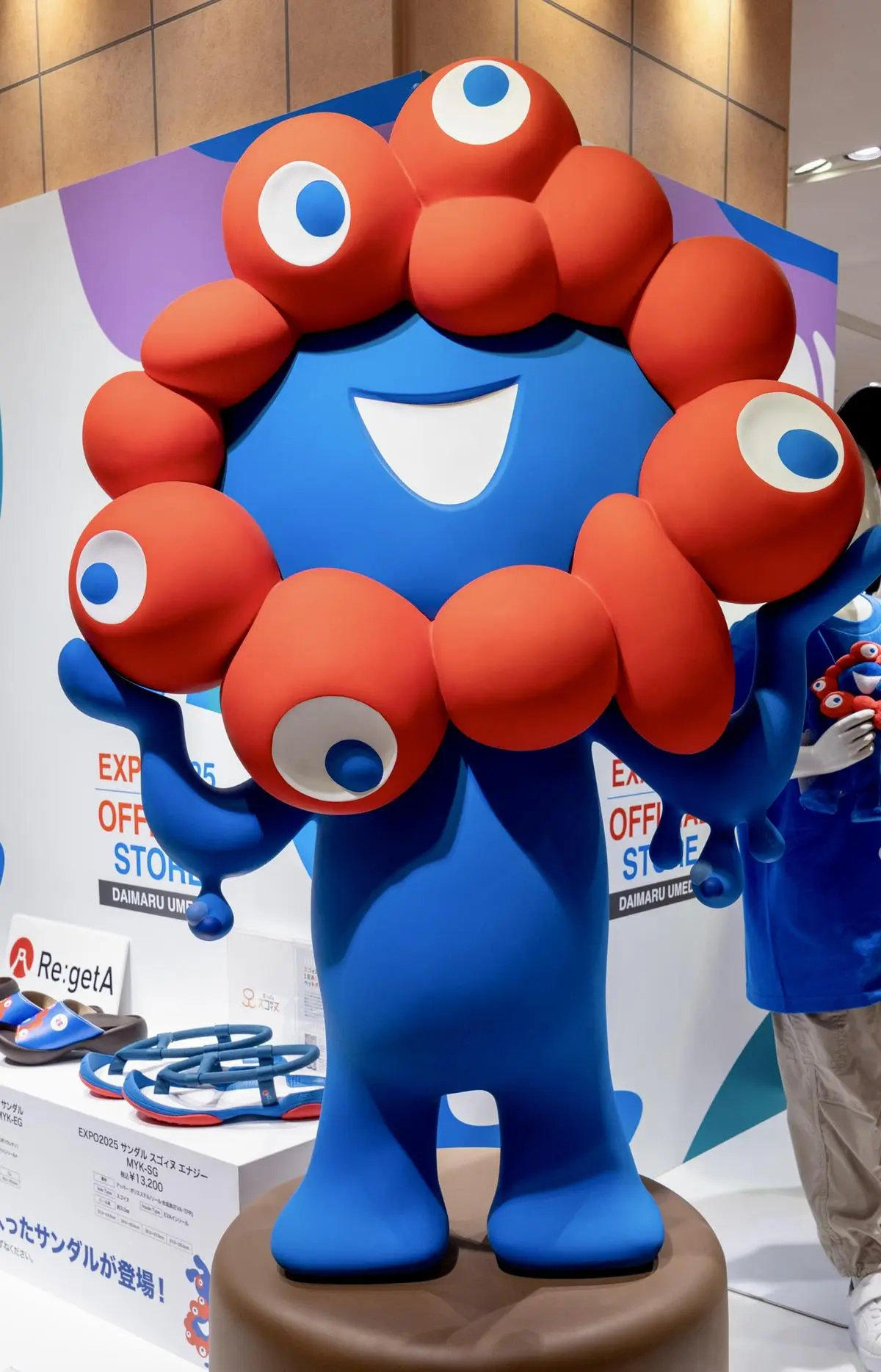
Japan. This trip spans an arc between timeless aesthetics and visionary departure. From the silent splendor of historical temples to the pulsating dynamics of the Expo 2025 in Osaka.
Japan between tradition and future: A journey from the quiet gardens of Naras to the bright streets of Tokios shows a country that honors its past and at the same time bravely thinks again. On the occasion of the Expo 2025 in Osaka – a global forum for sustainable visions – this area of tension becomes particularly tangible. On the island of Yumeshima, over 150 nations present ideas for a networked, livable future.
Travel course
Day 1: In the morning you fly from Vienna via Munich to Osaka and start your trip to the land of the rising sun.
Day 2: After arriving in Osaka, you will be warmly welcomed by your German -speaking tour guide and brought to the hotel, where your rooms are already ready to move into. After a brief refreshment break, explore Osaka Castle Park and experience the colorful Dotonbori-Straße and the Nostalgic district of Shinsekai. At dinner they end the day comfortably.
Day 3: Today an all -day visit to the Expo 2025 is on the program. On the island of Yumeshima you will experience visionary pavilions, interactive exhibitions and culinary highlights about the motto « Designing Future Society for our lives ». In the evening they return to the city center and enjoy a dinner together.
« />
The Expo 2025 in Osaka combines visionary architecture and future -oriented ideas for a sustainable society. Dreamstime
Day 4: After a last walk through Osaka, they travel to Hiroshima with the Shinkansen in a rapid journey. There you visit the peace park with the atomic bomb dome and the impressive peace museum – a moving insight into the history of the city.
Day 5: They take a trip to the picturesque island of Miyajima, famous for the red-glowing Torii of the Itsukushima shrine, which seems to flood in the water when the flood. During the walk, you may encounter free -running Sikahirsche before going back to Hiroshima in the afternoon.
Day 6: With the Shinkansen you continue to Himeji, where you visit the impressive « Weiße Reiherburg » – one of the most beautiful examples of Japanese castle architecture. In the afternoon you will reach Kyoto, where you can collect the first culinary impressions of the former imperial city in a local restaurant in the evening.

« />
The golden pavilion in Kyoto, once a retreat of a shogun, is considered an icon of classic temple architecture. Shutter stick
Day 7: They explore the cultural highlights of Kyotos, including the Golden Pavilion Kinkaku-Ji, the Nijo lock and the lively Nishiki market. In the afternoon you visit the Kiyomi Zudera temple and walk through the Geisha district of Gion. In the evening you can enjoy a traditional Shabu Shabu dinner with a stylish performance of two Maiko.
Day 8: A day trip takes you to Nara, where you meet the Holy deer in the Nara Park and visit the Tōdai-ji temple with the biggest bronze Buddha statue of Japan. After a walk to the Kasuga-Taisha shrine, take part in a traditional tea ceremony in the late afternoon.
Day 9: You leave Kyoto and take the bus to the Japanese Alps in Takayama. There they walk through the well-preserved old town with their wooden houses and small sake breweries. A visit to the historical administrative building Takayama Jinya rounds off the day.
